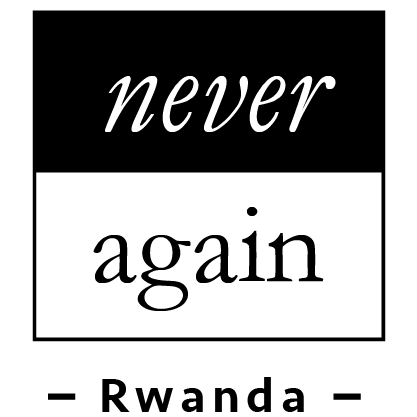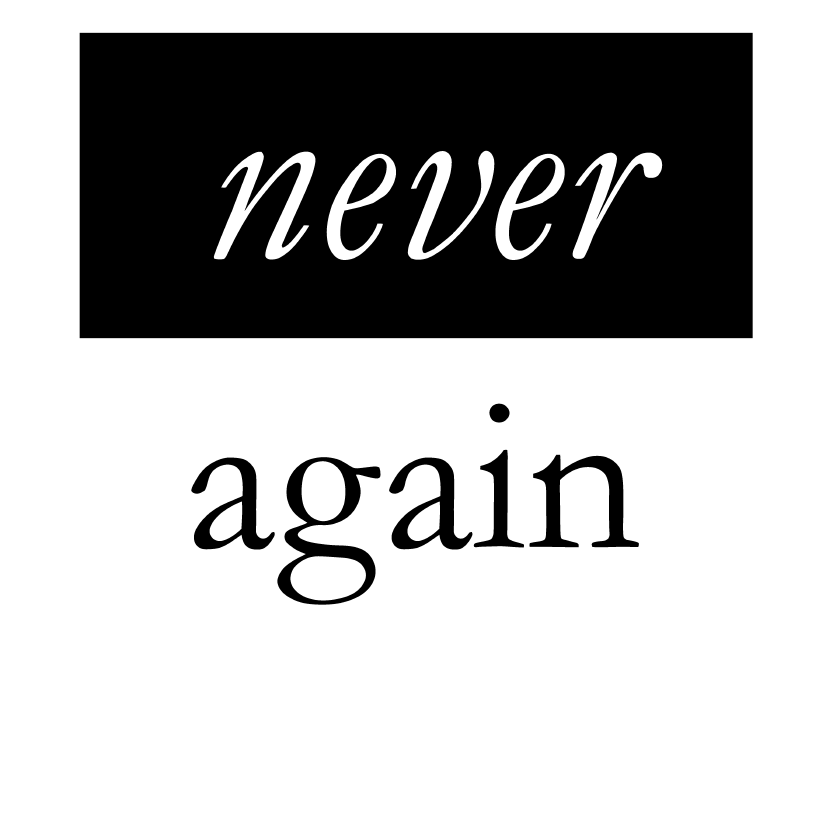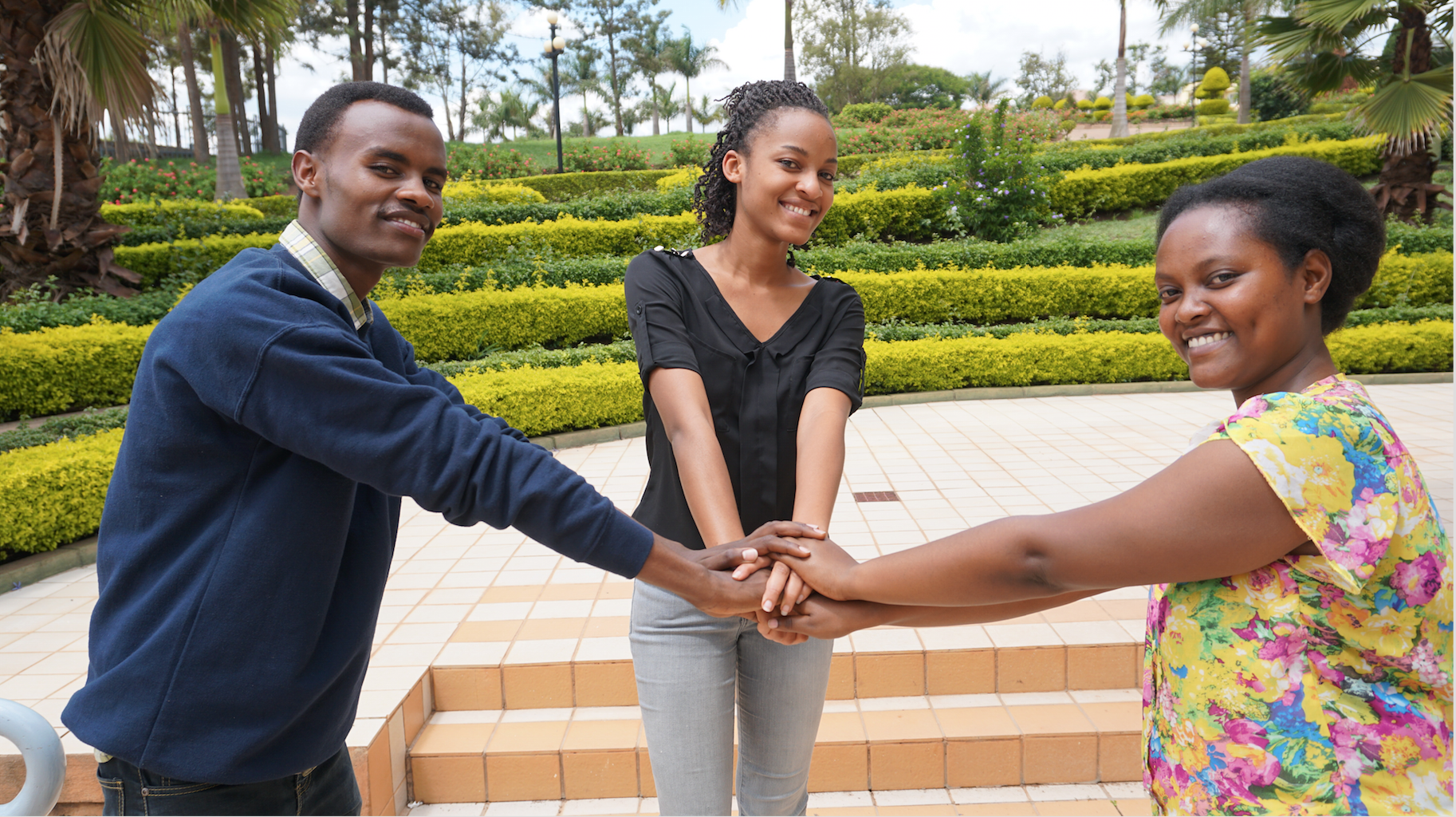The Role of Youth in Preserving Memory and Healing
Across Rwanda, the shift of focus to programs catered to youth’s unique experiences in a post-genocide context has been strategic and well-orchestrated. Youth play a critical role in societal healing because it is by their hands that Rwanda can propel itself into space which preserves the memory of generations before and after the 1994 Genocide against the Tutsi, yet still looks forward to how young people can rebuild their own future for the good of the nation.
25 years after the 1994 genocide against the Tutsi, ex-perpetrators are being released from prison and now have to reintegrate into a society that is completely new and has been transformed. As a result, spaces for peacebuilding have to adjust their objectives to bridge the gaps and mend the social fabric of Rwanda in a new way. In many cases, young people carry a level of transgenerational trauma, which has been passed down from their parents. Everyone’s trauma is unique to their experience, and each family has their own wounds and difficult memories.
Complex questions are emerging at a rate that is difficult to keep up with. Parents and survivors cannot face their wounds alone, which is why young people need to be equipped with sufficient knowledge and understanding to spark a meaningful, healing conversation. NAR knows that youth have to be a part of the conversation about how to remember because the youth of today are becoming parents and are reaching the professional world. By participating in spaces for healing and memory preservation young people better prepare themselves for the workforce. In Rwanda, approximately 60% of the population is under the age of 30; from this context, Rwandan NGOs and Civil Society Organizations have supported and pursued opportunities in which their young adult counterparts can thrive.
NAR has contributed to engaging youth in preserving memory and healing by creating various spaces for peacebuilding and dialogue on healing and reconciliation including the Regional and International Peace-Building Institute, International Day of Peace, National Commemoration Conference, International Youth Day Conference, Youth Arts Competition as well as many other spaces for dialogue and community engagement programs. Through telling stories, young people have relieved themselves of some of the complicated feelings and deciphered dense emotions tied to their own or their parent’s traumatic experiences thus, beginning their healing journey.
Storytelling is among the most vulnerable presentations of past trauma or heavy memories. By writing these stories, publishing novels and biographies, not just locally but internationally, Rwandan youth can correct false narratives and write a truthful history of the country thus preserving the memory for generations to come. In this sense, youth have found their place in the preservation of healing and memory through bold literary expression.
Although some youth face challenges with self-expression, understanding a dense history of trauma and how to help their relatives who survived traumatic experiences they are steadily contributing to memory preservation by writing stories and changing the narratives around what is known and still left to be discovered about the 1994 Genocide against the Tutsi. The efforts to develop safe spaces for memory and healing are immense and clear. As young people continue their remembrance practices and find their place within memory preservation it is through youth leadership that more youth will feel comfortable and free to explore their own heritage.


